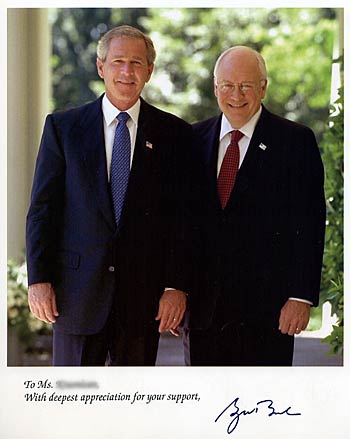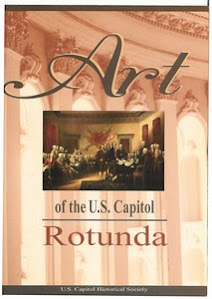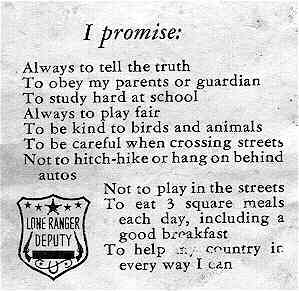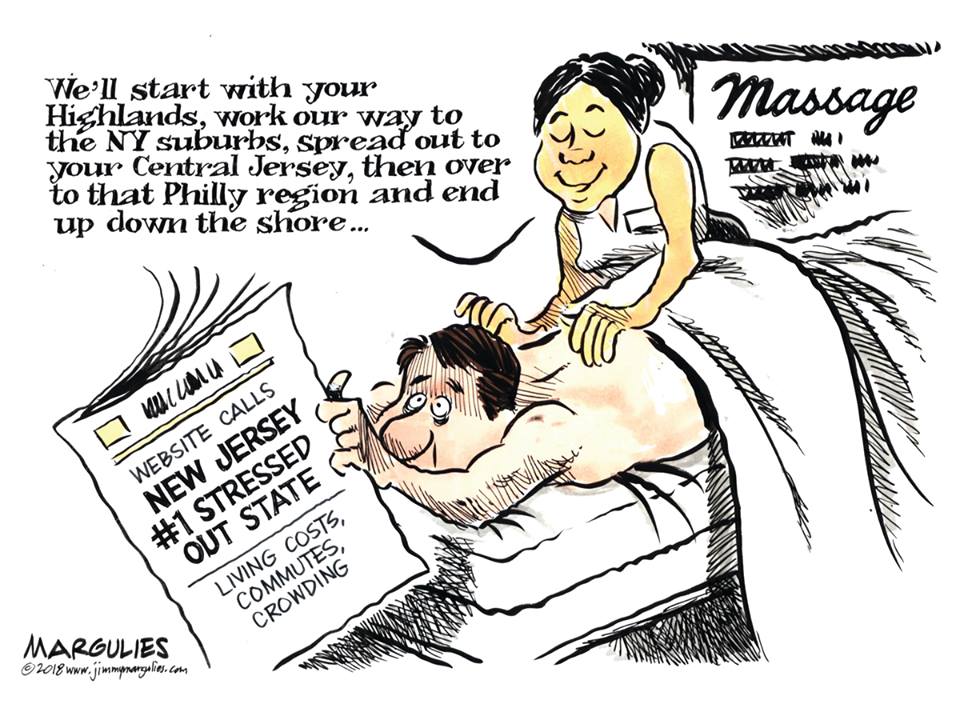Source: http://www.babycenter.com/0_school-types-the-difference-between-public-private-magnet-ch_67288.bc?showAll=true
September 2016

Approximately 49 million students are enrolled in the nation's public schools in kindergarten through grade 12. Another 6 million attend private schools.
But if you follow the news, you know that several new types of schools have appeared in recent years, meaning that choosing a school is no longer a simple matter. For example, what's the difference between a magnet school and a charter school? Parochial and proprietary? And which one is best for your child?
Here's a brief description of the different types of schools on today's educational landscape.
Public schools
Public schools get their financing from local, state, and federal government funds. In most cases, they must admit all students who live within the borders of their district. Charter schools and magnet schools are two relatively new kinds of public schools.
Charter schools began appearing in the early 1990s. They are independently operated public schools started by parents, teachers, community organizations, and for-profit companies. These schools receive tax dollars, but the sponsoring group may also come up with private funding. Charter schools do not charge tuition.
These schools must adhere to the basic curricular requirements of the state but are free from many of the regulations that apply to conventional schools. They are not subject to the scrutiny of school boards or government authorities.
Considered cutting edge, charter schools usually challenge standard education practices and sometimes specialize in a particular area, such as technology or the arts, or adopt a basic core-subjects approach. Some charter schools specifically target gifted or high-risk kids. They usually have smaller classes and offer more individual attention than conventional public schools.
There are about 3,000 charter schools in the United States. To learn more about charter schools and find them in your area, visit the National Charter School Resource Center.
Magnet schools are free public schools that can be highly competitive and highly selective. They're renowned for their special programs and high academic standards. They may specialize in a particular area, such as science or the arts.
Students who apply to these schools may go through a rigorous testing and application process. Some magnet schools have boarding facilities to allow students from other communities to attend.
Magnet schools were first launched in the 1970s to help desegregate public school systems by encouraging children to attend schools outside their neighborhoods. Student diversity is still an explicit goal of most magnet schools.
Public school choice programs free families from having to attend their assigned neighborhood school. Some districts voluntarily offer school choice. Others are required to provide parents with options when a school is failing to meet the standards set by the No Child Left Behind Act of 2001.
Private schools
Private schools rely on tuition payments and funds from nonpublic sources such as religious organizations, endowments, grants, and charitable donations.
These schools select from a pool of students who apply for admission. They may be coed or single sex. About a third of the elementary and secondary schools in the United States are private.
Independent schools are private, nonprofit schools governed by boards of trustees. This category includes such famous private schools as Andover and Exeter.
Independent schools draw their funds from tuition payments, charitable contributions, and endowments rather than from taxes or church funds. They may be affiliated with a religious institution but cannot receive funds or governance from them.
Of the 34,000 private schools in the United States, only about 2,000 are independent. Nearly three-fourths of those are members of the National Association of Independent Schools, which means they have been accredited by a recognized state or regional body and have agreed to practice nondiscriminatory policies.
Many accept boarding students as well as day students. The median tuition for day schools is $17,880, meaning half are less expensive and half cost more. For boarding schools, the median tuition is $34,900.
Parochial schools are church-related schools, most commonly owned and operated by Catholic parishes or dioceses but also by Protestant denominations. Hebrew schools may also be termed parochial.
The majority of private schools in the United States are parochial schools. The academic curriculum at these schools is supplemented with required daily religious instruction and prayer. Teachers may be clergy or laypersons who may or may not be trained educators.
Your child doesn't have to be Catholic or Protestant to attend a parochial school, but she will still be required to attend religious education classes and prayer services.
Parochial schools cost, on average, $6,733 per year for an elementary school student and $10,549 for a high school student.
Proprietary schools are private schools run for profit. This is a relatively new category of school. They do not answer to any board of trustees or elected officials, so they claim to be able to respond quickly to the demands of the market.
Many belong to an organization called the National Independent Private Schools Association. Tuition is comparable to that of private, nonprofit schools.
Home schools
A growing number of children – about 1.5 million in 2007 – are educated at home by parents or private tutors, or through online programs. A few of these homeschooled students attend school part time, but most do not. Some homeschooling families join cooperatives to share resources and learn in a group setting.
Most parents who choose homeschooling want to give their children religious or moral instruction, according to recent National Household Education Surveys. Many other families are worried about the public school environment or are unhappy with the quality of instruction in public schools.
Families can create their own curriculum or buy educational materials developed for homeschoolers. States regulate home schools and set requirements.
State oversight varies widely. Some states don't even require notification that a child is being educated at home, while others require homeschooled students to take tests or have their progress evaluated in some way. In a few states, homeschooling parents must use curricula approved by the state, obtain teaching credentials, or undergo home visits by state officials.
For more information on homeschooling, visit the Home School Legal Defense Association.

































No comments:
Post a Comment